How long does the sealant dry?
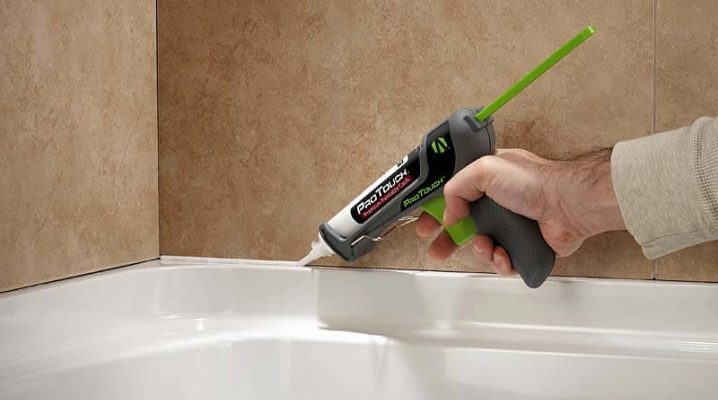
Sealant is considered to be the best way to seal seams and joints. It can be used for gluing various surfaces.
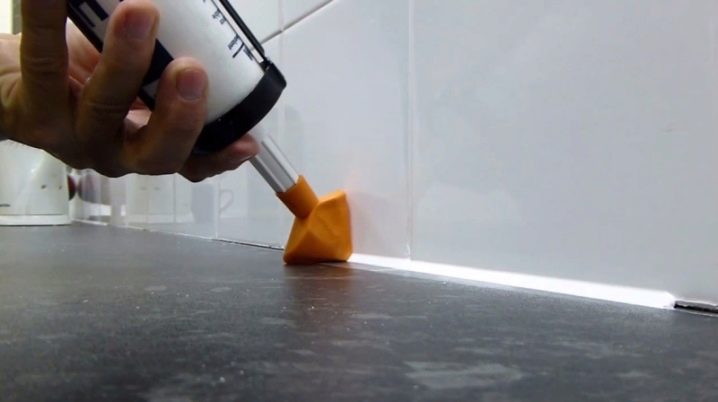
Peculiarities
A sealant is a pasty or viscous composition based on polymers and oligomers. This mixture is used to work with bolted, riveted and other joints in order to prevent leakage of the working fluid through the existing gaps. Also, this material is used for waterproofing and sealing various items.
If we talk about the features of this product, you should familiarize yourself with the main advantages that are inherent in the sealant.
On the example of a silicone mixture, the following advantages can be distinguished:
- the mixture has a high degree of resistance to moisture and steam, temperature extremes and UV rays. Therefore, sanitary sealant is actively used for sealing bathrooms, car parts, mirrors, as well as for treating window frames;
- using this sealant, you can make high-quality sealing of the joints in the bathroom or eliminate drafts in the window opening, since the material is characterized by high adhesion. You can also apply the mixture to an untreated surface;
- the material is able to easily bond non-porous surfaces and aluminum elements;
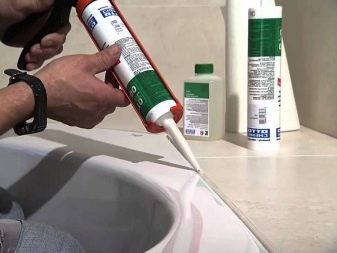
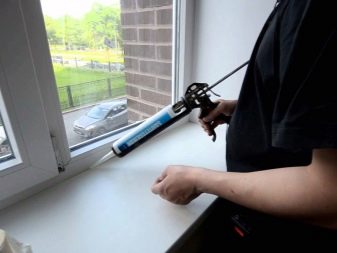
- the mixture is not exposed to aggressive detergents;
- long service life;
- the sealant is able to withstand temperatures up to +150 degrees;
- the substance can be transparent or any other shade;
- the mixture has an aesthetic appearance, which allows it not to spoil the appearance of the processed items;
- white sealant is considered a versatile material that will work on all surfaces.

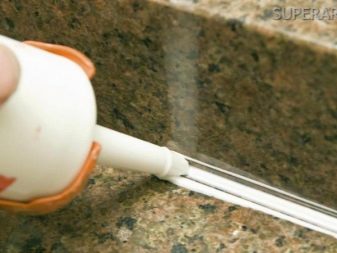
Views
There are several varieties of sealant, each designed to work with a specific area.
- Acrylic. Such sealants belong to the category of the most affordable materials, since they can only be used for internal work. The material is not resistant to atmospheric precipitation, temperature extremes and is not able to withstand mechanical stress. However, these sealants exhibit excellent adhesion to materials with a porous surface. It can be used to work with wood, brick, concrete, aerated concrete, aerated concrete, drywall and plaster. Based on the quality of the mix, it can be used when installing wooden skirting boards, doorways, and also during flooring.
The sealant is suitable for any interior treatment in rooms where high mechanical stress is not observed.
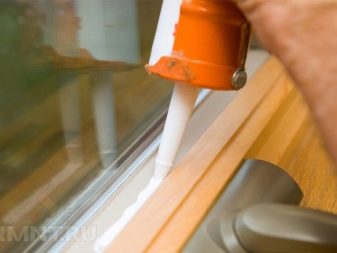
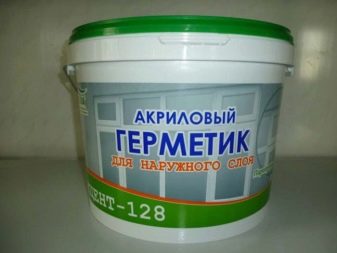
- Polyurethane. This material is an elastic mixture with adhesive qualities, which has an increased level of adhesion in relation to metal, stone, ceramic, plastic, wood and concrete surfaces. Craftsmen use this look for external and internal work. The mixture is not afraid of temperature drops, as well as the effect of atmospheric precipitation. It is highly resistant to corrosion and can be painted over.
This type of sealant is often used for installation and repair work with roofs, air conditioning and ventilation systems, as well as for sealing polyvinyl panels.
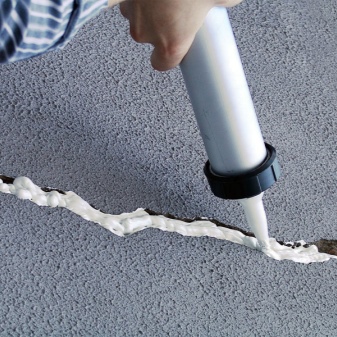
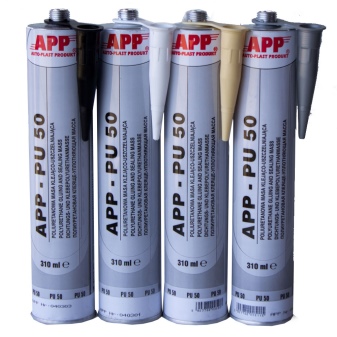
- Thiokol. It is characterized by high resistance to solvents, acids, alkalis, gasoline, kerosene and other oil lubricants.The mixture withstands the effects of precipitation, and is also capable of withstanding temperatures from -500 to +1300 degrees. Due to its special qualities, the sealant is used for activities with objects that require exclusion of contact with various substances of chemical origin.
It is actively used for sealing works at gas stations, fuel stations of various types and in garages. Also, thiokol sealants are often used during the repair of metal roofs.
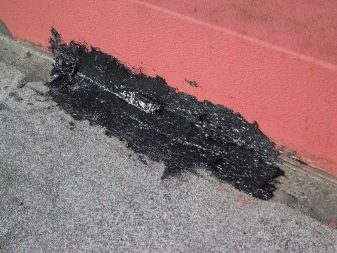
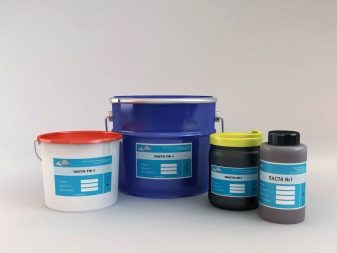
- Bituminous. Such material is often used during construction work. It has high-quality adhesion to surfaces made of foam concrete, brick, metal, wood and other roofing materials for waterproofing. When choosing a bituminous sealant, keep in mind that it is not resistant to high temperatures and takes on a liquid form.
The sealant is actively used when equipping the foundation, drainage systems, when installing the roof, eliminating cracks on the roof, as well as waterproofing metal and wood pillars.
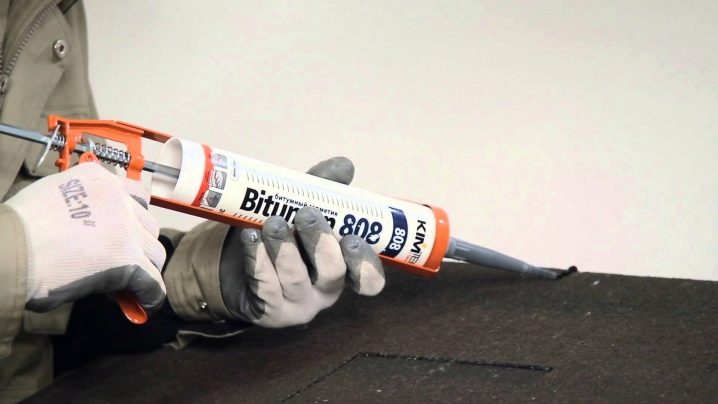
- Silicone. This type is a versatile material that is in high demand. Its popularity is due to its high quality. The mixture withstands well any weather and aggressive conditions. It is able to maintain its characteristics in temperature ranges from -300 to +600 degrees. Also, the material is characterized by a high level of elasticity, resistance to moisture and a long service life.
Once the silicone is cured, it must not be overpainted. This is because the paint will flake off. For this reason, sealants of different colors can be found on sale: black, white, gray and even red.


There are two types of silicone sealant:
- acid;
- neutral.
Acidic products are not suitable for working with metal objects because the ingredients list contains acetic acid, which can be corrosive. It is also not recommended to use this type of material when sealing cement items.
A neutral mixture is considered universal. It is used in various fields. It can be used to seal the car engine and mirrors. Also, the material has another name - glass sealant. There are heat-resistant varieties on sale that can withstand up to +4000 degrees.

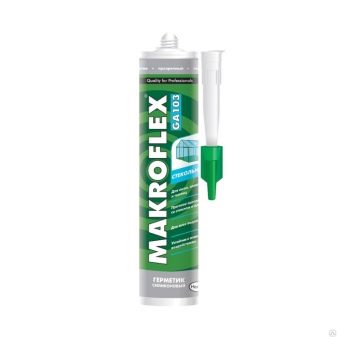
If fungicides are present in the silicone sealant, the material is called "sanitary" or "plumbing". It is able to exclude the appearance of fungi, therefore it is actively used when working in the bathroom, kitchen and swimming pools. It is the best joint sealant that can make the shower room airtight again as it was at the time of purchase.
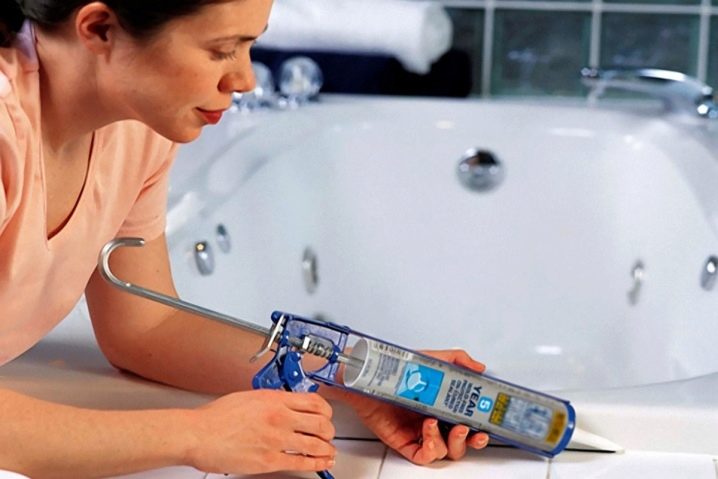
How long does it dry?
There are several types of sealants, each of which has its own characteristics, which are important to consider when using. The drying time is indicated by each manufacturer, therefore it is recommended to study this information before purchasing.
Drying times for sealants vary.
- the neutral mixture will dry completely after 3-4 weeks. This is long enough, but the surface will harden after 20 minutes;
- universal sealants have the same characteristics as neutral;
- sanitary mixtures form a film within 10 minutes. 2 mm of material dries every day;
- acrylic sealants harden after a couple of hours. Full solidification occurs after four weeks.
You can speed up the drying process by ventilating. Regardless of the brand name, drying times are the same for all types. The Moment sealant is in demand, which hardens superficially after 15 minutes. Full solidification occurs a day after application.
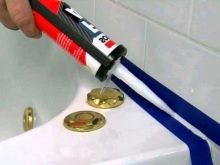
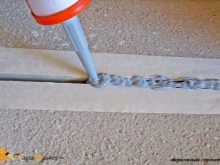
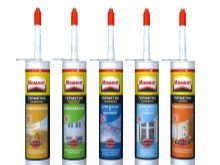
Tips & Tricks
We recommend that you familiarize yourself with the tips to help you dry the surface quickly:
- increase the temperature in the room to +40 degrees;
- maximum ventilation promotes solidification of the material;
- It is worth spraying the joints with water, as the moisture helps to reduce polymerization.
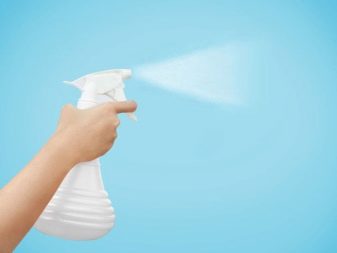

When choosing a sealant, you should be aware of some features.
- The white silicone material will work well on a variety of surfaces as it is considered standard.
- To remove a draft, it is worth looking on store shelves for varieties that are aimed at working with external seams. They retain their qualities well with temperature drops and exposure to ultraviolet radiation.
- Transparent compounds are suitable for sealing joints that are present on dark wood components.
- You can select a material that has the same color as the selected surface.
- Carefully study the cartridge before purchasing. Make sure it is complete and familiarize yourself with its composition. The more additives, the more elastic the composition will be.
- It is worth applying immediately a seam of the desired thickness. Do not apply silicone sealant in layers.
- If you need to seal the toilet, you should pay attention to the sanitary options.

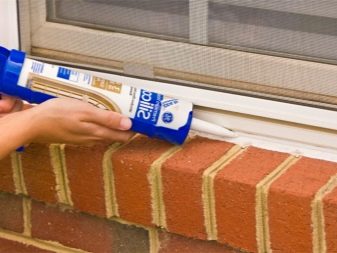
Knowing the answers to these questions, you can avoid mistakes that beginners often make.
See below for more details.













Thanks!
The comment was sent successfully.